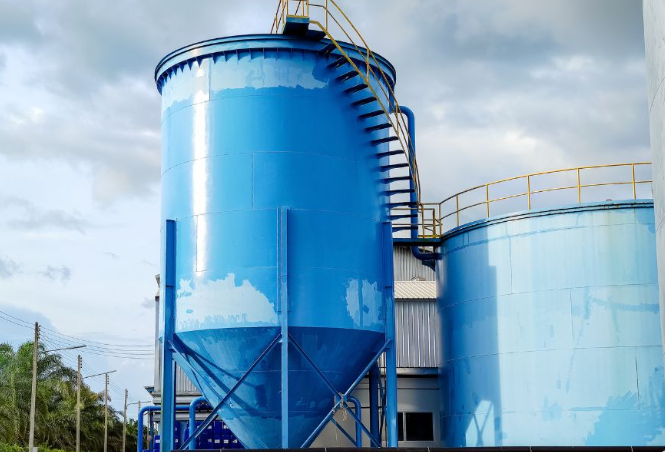
Potable water tank coatings are specialized paints used for the interior surfaces of drinking water storage facilities (e.g., water tanks, reservoirs, storage containers). Their core requirements are to ensure water safety while offering excellent water resistance and corrosion protection. Key features include:
1. Non-Toxic and Safe for Drinking Water
Free of harmful substances: Contains no heavy metals (e.g., lead, chromium), volatile organic compounds (VOCs), or other toxic components to prevent water contamination.
Strict certifications: Must comply with national or international drinking water safety standards (e.g., China’s GB/T 17219, U.S. NSF/ANSI 61).
2. Superior Water Resistance
Long-term immersion stability: Coating remains intact under prolonged water exposure without blistering or peeling.
Leak prevention: Dense film structure prevents water penetration into substrates (metal or concrete).
3. High Corrosion Resistance
Anti-rust properties: Blocks water, oxygen, and chloride ions from corroding metal substrates (e.g., steel, iron).
Chemical resistance: Withstands residual chlorine, ozone, weak acids/alkalis in water treatment processes.
4. Excellent Adhesion
Bonds tightly to substrates (metal, concrete) to prevent cracking due to temperature or humidity changes.
5. Antibacterial and Anti-Algal Properties
Microbial inhibition: Incorporates antibacterial agents or smooth surfaces to reduce algae/bacterial growth, ensuring water cleanliness.
6. Eco-Friendly and Low Odor
Typically water-based or high-solid coatings with minimal odor during application, meeting environmental standards.
7. Long Service Life
Designed to last over 10 years, minimizing maintenance needs for long-term use.
8. Easy Application
Compatible with brushing, rolling, or spraying; some products allow low-temperature or high-humidity application.
